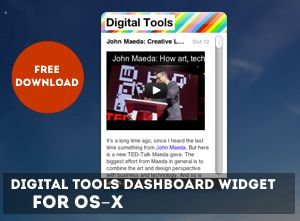One of the biggest problems of getting into Actionscript with the new open source Framework “Flex” from Adobe is, to make instant use of Actionscript 3 to generate and modify things. Many people will convert from old Flash, Processing or whatever scripting facilities to Flex, because the Flash Player 9, that goes along with Actionscript is really enhanced. And Flex from Adobe offers an open source SDK, where you can develop cool applications straightaway for free.

Instant fun for beginners.
When you start to get this done, Adobe only will throw Flex-examples at you. Or examples and tutorials with Actionscript, that are far too advanced for the beginners “Hello World” level. I also searched forums: most people want to get done quickly and start out coding with Actionscript without all this things in mind, but don’t get support. That’s why I prepared three files, that let you start immediately with coding pleasure.
The first file is a template, that show two ways to get sprites, that were generated with Actionscript directly on the screen. It shows two techniques, that are not obvious, especially not for beginners. Don’t mind the details. Just start your projects and feel free to use my files to build upon.
The other file is more strapped down version of the above. It provides you just with an empty Flex canvas, a stub for the Actionscript and a timer to control and animate things that should appear on the screen. If you download and compile the file, not much happens. Just an empty canvas. But you can easily build scripted animations with it, also with Flex-elements, like text-boxes that jump around or buttons with bouncing width etc.
The third is at the Olympus of simplicity. I create some rotating objects on the screen, that are derived from a custom class I wrote, that extends the Sprite class.

Read more »








